Dutch Shepherds are the rarer cousins of German Shepherds, and they have the same lively personalities and all-around versatility. You can find this amazing breed competing in events, working as police dogs, or providing canine therapy. It would be difficult to find a more loyal, affectionate, and intelligent breed than the Dutch Shepherd.
Dutch Shepherd Characteristics
Dutch Shepherds are medium to large-sized dogs that are well-built and muscular. As a herding dog, Dutch Shepherds are quick and athletic with plenty of endurance and stamina. They have powerful hind legs that allow them to run gracefully and freely. This breed stand prominently and proudly. They may look relaxed, but their ears are perked up and alert at all times. The official breed standard does not accept drooping or hanging ears.
Most Dutch Shepherds have blue or yellow eyes that are constantly darting around, gauging the situation. In addition to their strong frames, Dutch Shepherds also have powerful jaws. Their teeth cross in a scissor bite if they need to protect themselves. These dogs also have a moderate-length tail that will curve upwards when they are in action and hang straight down when relaxing.
Dutch Shepherds live for about 12-15 years. This life span is slightly longer than most breeds their size. Larger breeds tend to have shorter life spans than smaller breeds because they mature and grow faster.

Dutch Shepherd Size
A Dutch Shepard, on average, stands about 21-24.5 inches at the shoulder. Male Dutch Shepherds can grow up to 75 pounds, but most weigh in the 50-70 pound range. Females are on the lower end of this range, but some are even smaller at around 45 pounds.
Dutch Shepherd Personality
Dutch Shepherds were bred to work, and they are extremely competent at everything they do. Their athletic ability, combined with their high intelligence level, makes them easy to train and very obedient. They love to be active and make use of their high energy levels.
One of the main reasons Dutch Shepherds make great pets is that they are very loyal to their owners and families. Dutchies are eager to please, love to play with children, and there is never a dull moment with them. Their affection also makes them protective of their loved ones, making Dutch Shepherds fantastic family watchdogs.
Dutchies are very flexible in their living situations. Although they love to be active and have space to play, they can do just as well living in apartments or small houses. As long as you keep your Dutchie mentally and physically stimulated, they will be happy simply being around you!

Dutch Shepherd Exercise
Dutch Shepherds are energetic, active, and love to play. They can make great hiking and backpacking companions, as well as tireless workout buddies. Their herding backgrounds give them plenty of energy to burn and are great for families or owners who are very active.
Even if you aren't going on hikes every day, Dutchies can still be a great pet. However, it would be best if you give them multiple walks and playtime sessions each day, so they get sufficient exercise. Dutch Shepherds also excel in dog sports. You may find a Dutchie participating in agility events, nose work competitions, and protection sports. They excel in all types of physical activities and respond incredibly well to training!
Dutch Shepherd Training
Like their German Shepherd cousins, Dutch Shepherds are extremely smart and can learn new commands quickly. Many police departments prefer to use German or Dutch Shepherds because they are easy to train for a wide variety of tasks. They can become drug or bomb-sniffing dogs, used for search-and-rescue operations, or even as personal bodyguards.
Training a Dutch Shepherd is relatively easy because they are dedicated, focused, and learn how to follow commands quickly. Dutch Shepherds are so rare that they were not included on this smartest canines list, but the German Shepherd (their closely-related cousins) is ranked as the third smartest dog breed in the world!

The best way to train a dog is by using positive reinforcement. Dogs respond better with treats and praise and understand the reward system quickly. Don't be discouraged if your dog doesn't follow your commands the first time because, with time and repetition, they will surely learn.
Early socialization is incredibly important for every dog's growth and maturation. Socialization helps your dog learn how to act around other dogs and people. This will help them stay calm and not experience anxiety when they encounter new situations or other animals.
Dutch Shepherd History
As you can tell from its name, the Dutch Shepherd originated from the countryside of the Netherlands in the early 1800s,, along with other Dutch breeds. They were developed alongside different shepherd breeds by farmers and shepherds to perform all sorts of farm work, including herding sheep and cattle, pulling small carts, keeping chickens out of the gardens, and acting as watchdogs.
At first, it was hard for many people to distinguish Dutch Shepherds from their close relatives, the German Shepherd, and the Belgian Shepherd. However, by 1914, the official breed standard determined that Dutch Shepherds could only be brindle-colored (brownish, orange-brown, or yellow-brown). Since then, the three breeds have diverged, and it is now easier to tell the difference between them.

However, by the early 1900s, industrialization and modern farming methods quickly replaced the Dutch Shepherd. When World War II came to Europe, Dutch Shepherd breeding came to a full stop, and many died. German forces captured the few that did survive to train for the military.
After the war, Dutch Shepherds were on the verge of extinction. To save the Dutch Shepherd, breeders started mixing dogs of other origins to make up for the scarce numbers. This ensured the breed's survival, but as a result, most Dutch Shepherds are not purebreds. Because Dutch Shepherds are highly trainable, they made a small comeback into society for many purposes. Today they are used for police work, search-and-rescue operations, and herding.
As of December 2018, the American Kennel Club (AKC) estimates less there are less than 2,000 active Dutch Shepherds in the world. Even in their home country of the Netherlands, they are few and far between. The Dutch Shepherd is so rare that it wasn't until 2017 that the AKC officially accepted them as an official breed.
Dutch Shepherd Health Problems
Dutch Shepherds are naturally healthy dogs. They have a lower chance of inheriting health conditions than their cousins, the German and Belgian Shepherds. However, they can still be predisposed to certain health problems.
Hip Dysplasia
Hip dysplasia is a common skeletal condition that occurs mostly in larger dogs but can be found in any breed. This condition occurs when the hip joints (ball and socket) do not form properly and grind against each other. Although it is primarily an inherited condition, it also occurs as a result of injury. Being overweight or improper exercise can also exacerbate hip dysplasia, so it is important to keep at-risk dogs on a proper diet. Signs your dog may have hip dysplasia are:
- Decreased activity or movement
- Difficulty walking, running, or jumping
- Lameness in one or both hind legs
- Limping or stiffness
- Awkward movement or gait
Hip dysplasia can occur at any age, and older dogs may develop it along with arthritis. If you notice any symptoms, take your dog to the vet. For milder cases, the vet may recommend the following treatments:
- Weight-loss or exercise program
- Physical therapy
- Joint supplements
- Medications (anti-inflammatory or pain reliever)
If the hip dysplasia is more severe, your dog may need surgery to correct joint movement. In some cases, a total hip replacement surgery is necessary to rebuild the hip joint. The Orthopedic Foundation for Animals (OFA) is a great place for owners and breeders to screen for hip dysplasia. Dogs that are predisposed to this condition should not breed to prevent passing the gene on.
Inflammatory Myopathy
Inflammatory myopathy is a rare degenerative muscle condition that is specific to Dutch Shepherds. The University of Minnesota only recently discovered this condition in 2018. This disease is characterized by:
- Progressive muscle deterioration
- Muscle tremors
- Limb stiffness
Goniodysplasia
Canine goniodysplasia is a form of glaucoma where fluid in the eyes does not drain properly. This condition is an inherited disease and should be treated immediately to prevent vision loss. Some signs of goniodysplasia are:
- Sensitivity to light and pain
- Eye/winking spasms
- Sunken eyes
- Excessive watering in the eyes
- Red eyes, dilated pupils
- Sudden change in behavior (due to pain)

How to Care for a Dutch Shepherd
Dogs that are stressed or anxious can be destructive, causing them to chew on furniture or knock things over around the house. Try to limit the time your Dutchie is left alone. Boredom can also lead to destructive behavior, so be sure to engage your Dutchie consistently, both physically and mentally. Play games or run around the backyard with them, so they are stimulated.
Nutrition and Feeding for a Dutch Shepherd
Dutch Shepherds are medium to large-sized dogs, so plan to feed them a good amount. Prepare about 2-3 cups of high-quality dry dog food per day. However, this amount can vary between each Dutchie depending on its activity level, age, and size. Dog supplements can also be a great way to ensure your Dutchie is getting all the necessary nutrients in their diet.
For example, you can give them vitamin supplements to boost their immune health or probiotics to help with digestion. For an extra boost of beneficial nutrients check out our vegan treats for dogs. Consult with a veterinarian for the best supplements to give your Dutchie.

Coat Color And Grooming
There are three different coat types for Dutch Shepherds: short-hair, long-hair, and wire-hair (also called rough-hair). The base coat color is typically silver or gold, but some may be a shade of red or peach. This breed typically have brindle coats (similar to the brindle Belgian Malinois), meaning their coats have streaks or patterns of darker markings.
A short haired shepherd typically have stiffer fur that is tight to the body. Underneath the hard coat is a soft wooly undercoat that helps the breed adapt to different weather conditions. Long-haired Dutch Shepherds have straight, well-fitting fur that is also close to the body. The fur is coarse to the touch and hangs straight down. There is also extra thickness and feathering around the head, ears, feet, and legs.
Wire-hair Dutchies have a dense, curly coat that covers the body. There is extra hair around the upper and lower lips and under the chin like a beard. The hair is rough and harsh and should be hand-groomed at least twice a year.
Grooming Tips
Short-haired Dutchies do not need to be brushed as often because they do not shed as much. However, weekly grooming is needed for the long-hair and rough-hair varieties. Rough-hair Dutchies may be more complicated to groom, so you can take your dog to a professional groomer once or twice a year to help manage their coats.
Dutchies also shed excessively twice a year during fall and spring. During these periods when they are "blowing their coat," you should be brushing daily as your Dutchie transitions their seasonal coats. You may notice clumps of fur falling out or patchiness, but this is completely normal!
When you brush them during shedding season, you may want to groom them outdoors, so you don't make a mess inside the house. Once it's time for a bath, you can further mitigate shedding with a good shampoo. Choosing a canine-safe CBD shampoo will nourish your dog's skin and fur while simultaneously delivering relaxing, revitalizing benefits.
Brush their teeth a few times a week or even daily to prevent gum disease and tartar buildup. If you notice any strong odors, this might be a sign to increase the frequency of the brushing. Also, try to keep your dog's nails short, though an active breed like the Dutch Shepherd may wear them down to a healthy length through their normal activities. If you hear clicking on the ground when your dog walks, it's time for trimming.

Children And Other Pets
Dutch Shepherds are amazing with kids! They quickly learn how to play gently and are especially protective of small children. Their friendly and sociable personality also helps them get along with other dogs more quickly than other breed types. Although to be safe, supervise their first interactions to ensure that they get along.
Rescue Groups
One of the largest rescue groups for this breed is the North American Dutch Shepherd Rescue. Their main goal is to save Dutch Shepherds, rehabilitating and relocating them while educating the public about the many wonderful qualities of the Dutch Shepherd. They have rescued over 750 dogs since 2006, which is impressive considering how rare the breed is.

Breed Organizations
A great breed club for Dutchies is the Dutch Shepherd Dog Club of America (DSDCA). This breed organization was started by the United Kennel Club (UKC) as the official club in the United States. The DSDCA aims to promote the advancement of the breed by hosting events, competitions, and meet-ups for all Dutchie enthusiasts.
Because Dutch Shepherds are a rare breed, it can cost a little more out of your pocket to own one. Their prices can range from about $1000-2500, although Dutchies with a superior pedigree and all health tests completed can cost anywhere from $3000-7000. Remember to always buy from a reputable breeder to ensure your Dutch Shepherd puppy has no health problems!
Final Thoughts
The Dutch Shepherd is an impressive breed that is beautiful, loyal, and intelligent all in one package. Consider yourself lucky if you are ever able to come across one since they are one of the rarest shepard breeds in the world!



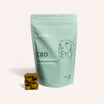


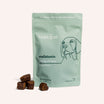
![Probiotics For Dogs [Soft Chews] - HolistaPet](http://www.holistapet.com/cdn/shop/files/Probiotic-Infographic-1_472d7a29-e30c-435a-9638-1365d8c3a9f9.jpg?v=1725384841&width=104)
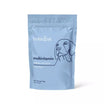





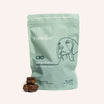






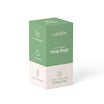

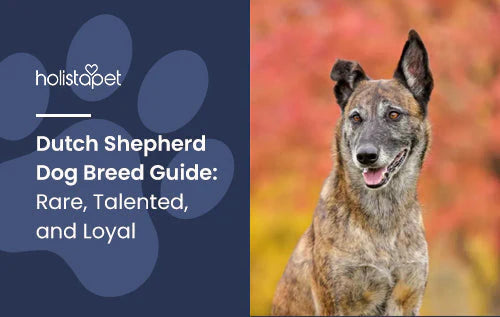

![15 Fastest Dog Breeds on Earth [Top Canine Speedsters]](http://www.holistapet.com/cdn/shop/articles/15_Fastest_Dog_Breeds_1_800dc49e-c4c6-4ab7-8ae0-37742b94553a.webp?v=1739847914&width=500)

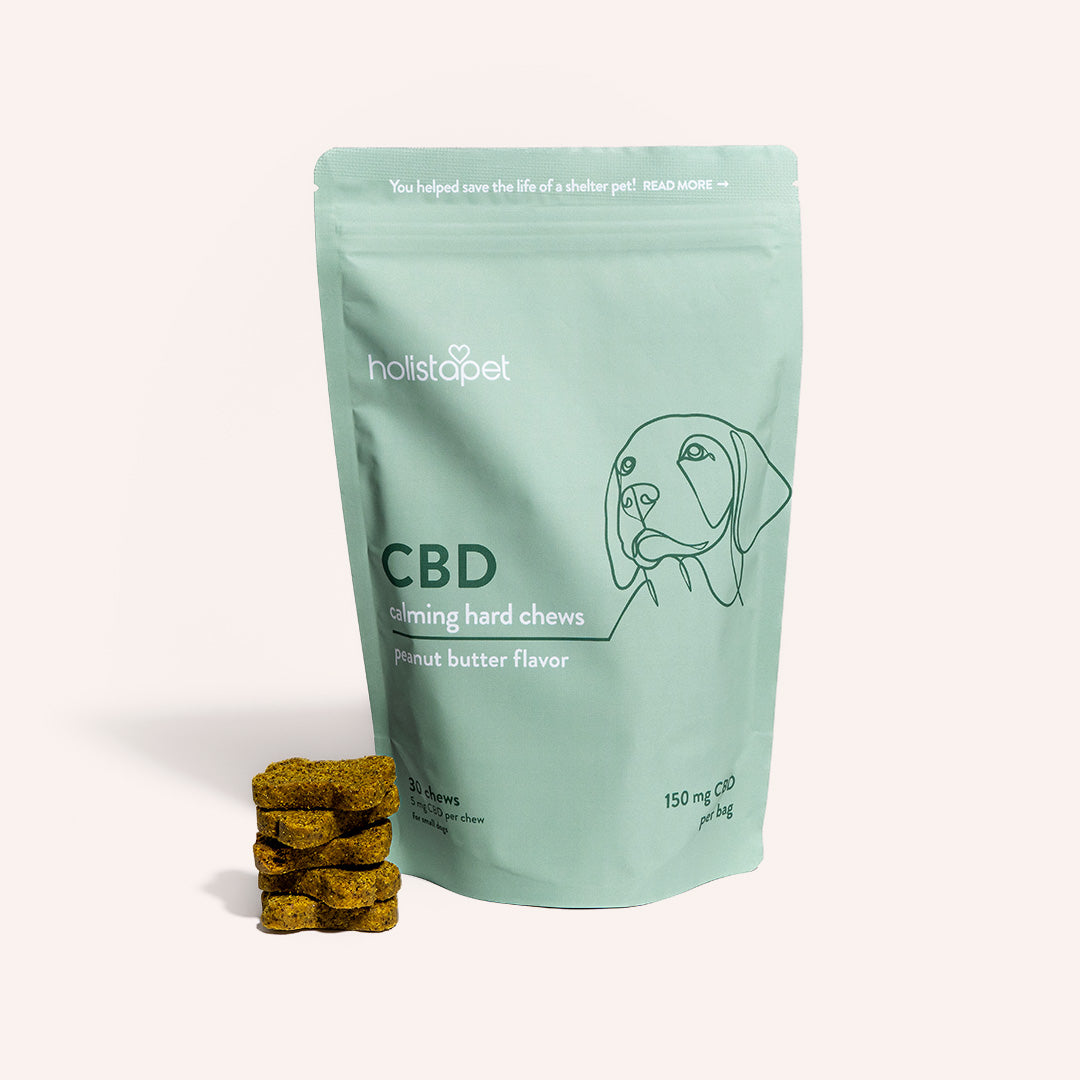
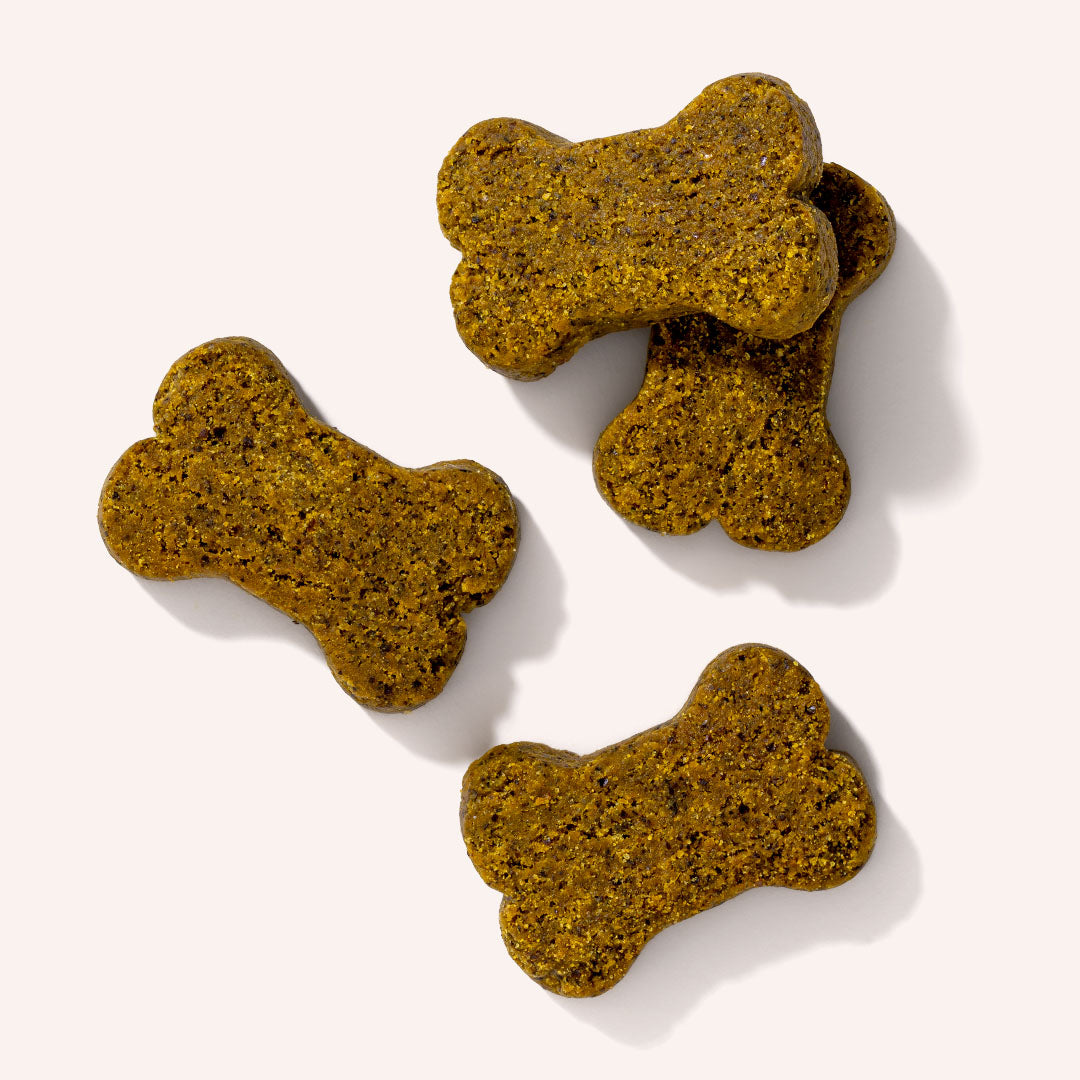
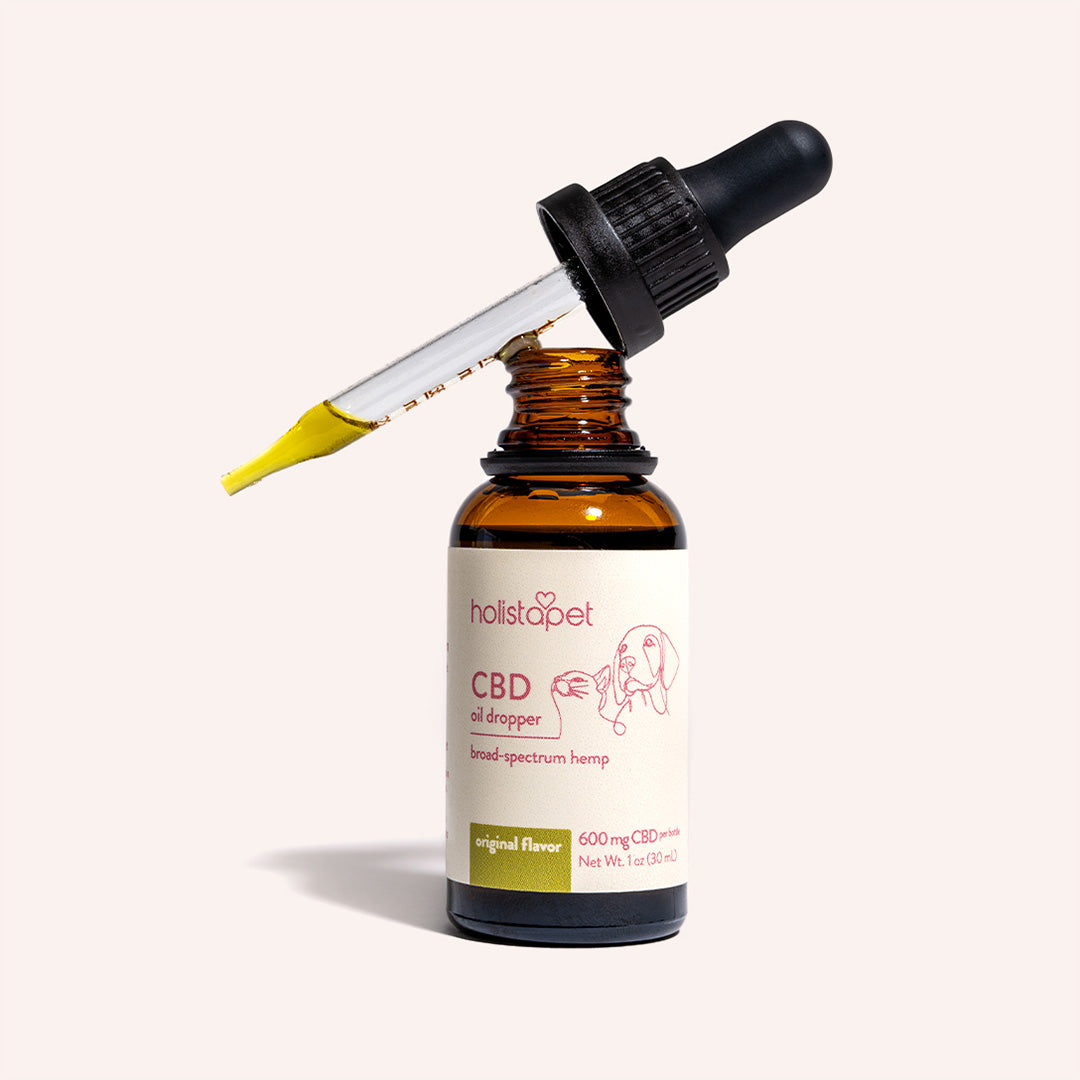
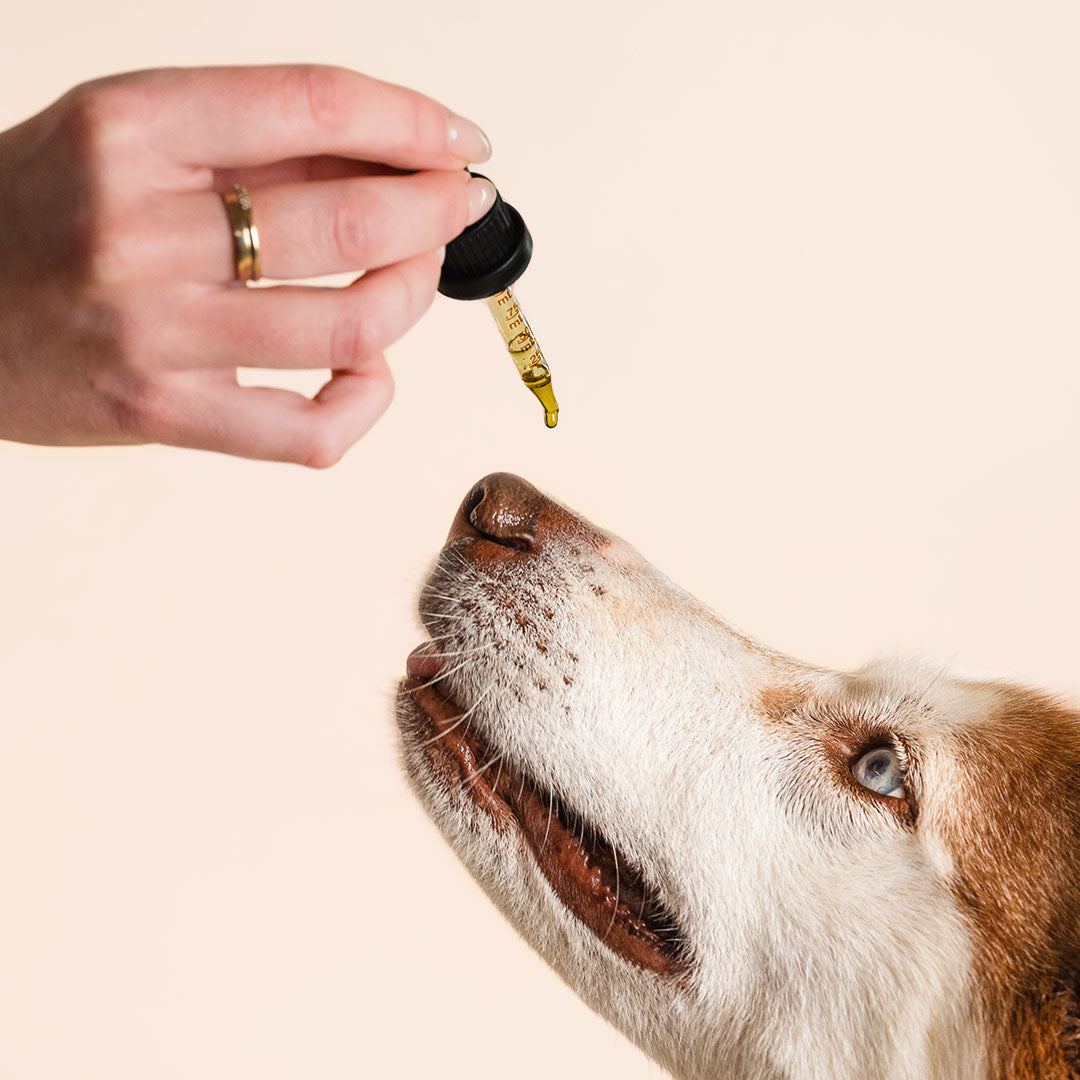


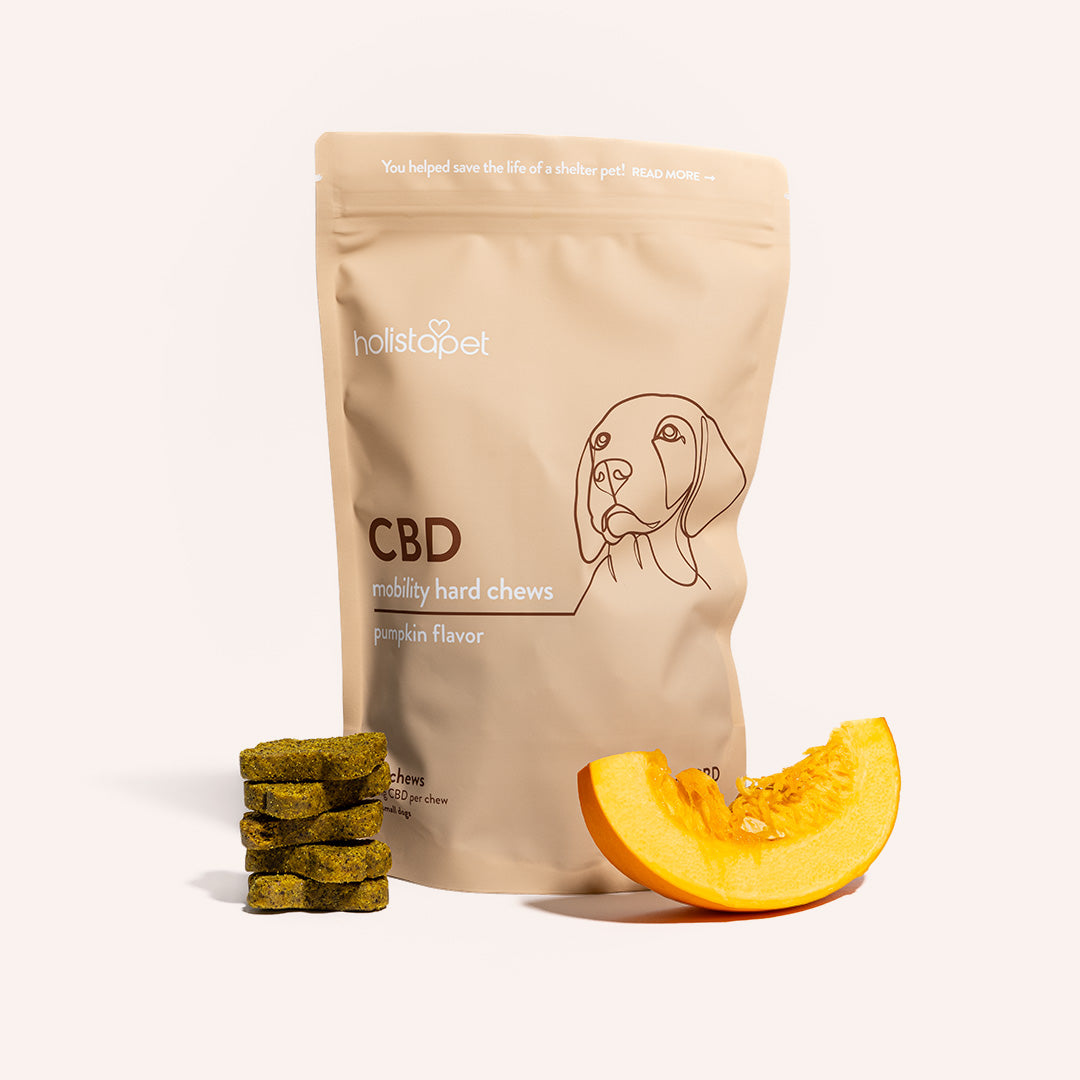
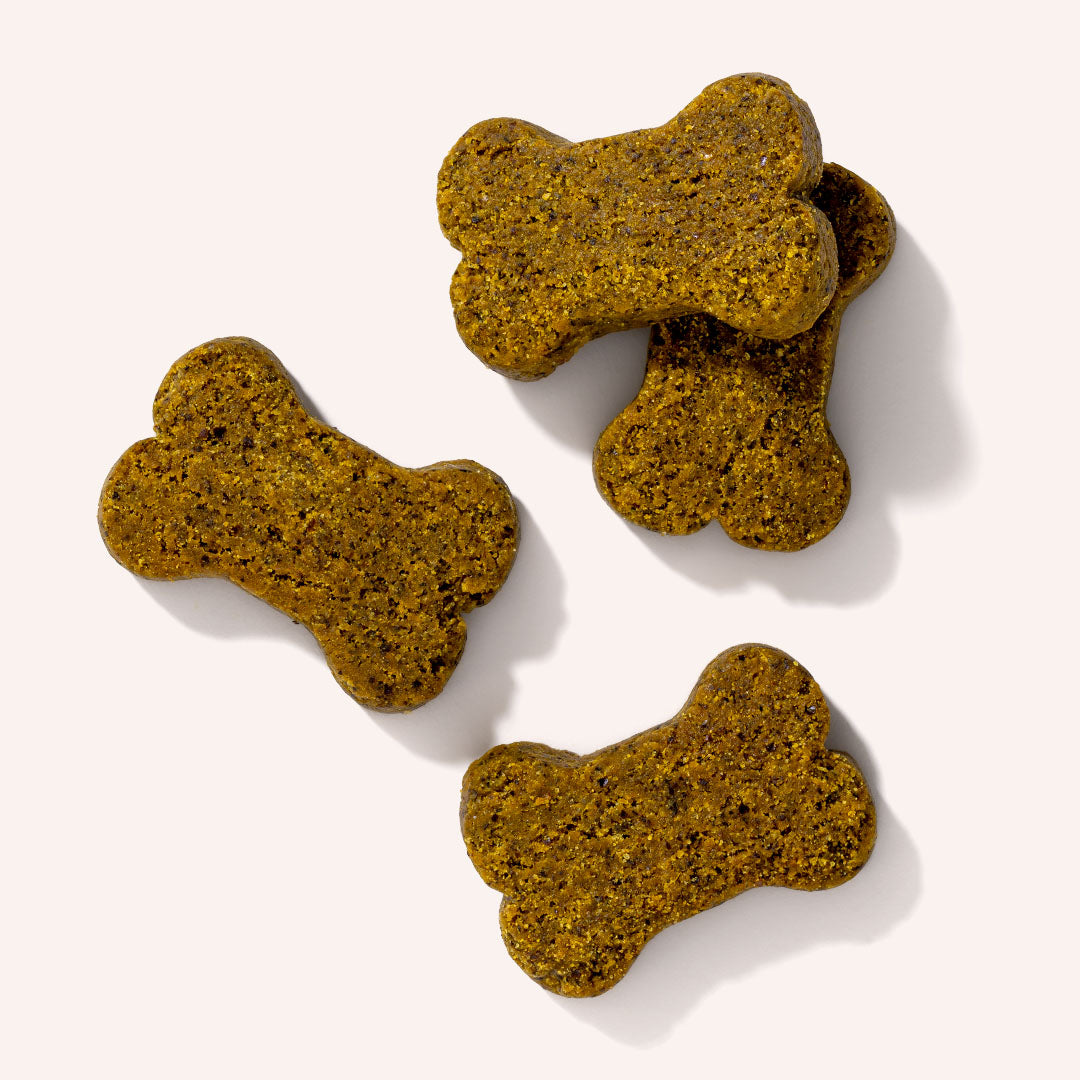

Leave a comment
All comments are moderated before being published.
This site is protected by hCaptcha and the hCaptcha Privacy Policy and Terms of Service apply.